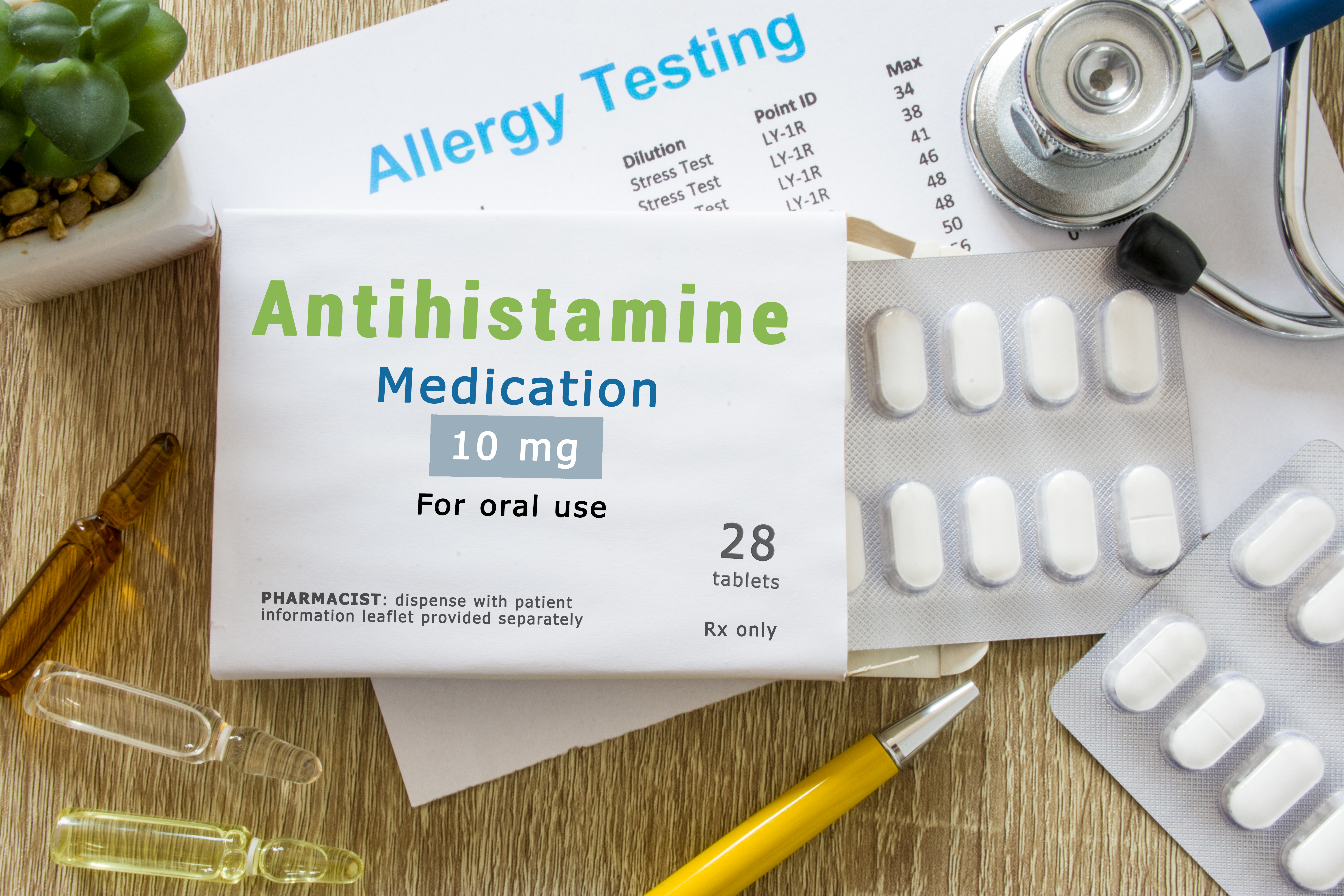Hives are a swollen, itchy rash on your skin that may be red or white in colour.
Sometimes called nettle rash, welts or urticaria, they can be a variety of shapes and sizes. They normally occur as a result of an allergic reaction, but can also develop as a response to sudden changes in temperature, heat or physical pressure, emotional stress, infections, exercise or certain medications.
These triggers cause high levels of histamine to be released in your skin, which causes blood vessels to open up, making the skin red and inflamed.
Hives can be very itchy and uncomfortable, but they are normally harmless, and most people find that they start to fade between 24 and 48 hours.
When should I see a doctor about hives?
You should see a doctor if your hives last for more than 2 days, or:
- you notice that your rash is spreading
- your hives keep coming back
- you have a high temperature or a fever
- you notice swelling under the skin
How long your hives last will depend on the type that you have, but most cases resolve within 48 hours. Hives that last for longer than 2 days could be the sign of a serious allergy.
But there are things you can try to manage your symptoms at home.
Treating hives at home
Taking antihistamines
Some people find that oral antihistamines help them to manage an outbreak of hives.
These medications work by blocking the effect of histamine in the body. This helps to reduce inflammation in the skin, and may relieve some of the itching and discomfort associated with hives.
You don’t need a prescription to buy antihistamine medications in most countries. However, you should see a doctor if you plan to take antihistamines for more than a few days at a time.
It’s also important to remember that some types of antihistamine can make you drowsy. Make sure that you check the label for any potential side effects, and follow the instructions on the packet or insert properly.

Applying calamine lotion
Calamine lotion is a topical medication that’s used to treat itchy skin conditions like heat rash or chickenpox.
If you are suffering from hives, you may find that applying a small amount of calamine lotion helps to cool and soothe your skin.
You can buy calamine lotion without a prescription.
Applying a cold compress
Applying a cold compress to the affected area can help to shrink your blood vessels and reduce inflammation of the skin.
To make a cold compress at home, soak a clean washcloth in cold water, and then squeeze out any excess liquid before laying it against your skin.
You can do this several times a day, as long as your hives don’t get worse when your skin is exposed to cold temperatures.
Taking a cool shower
Some experts also advise taking a cool or lukewarm shower to soothe your skin. This won’t treat or reduce your hives, but it may provide some temporary relief from symptoms such as itching or pain.
Try to use a gentle, fragrance-free soap if you can. You should also avoid any scented lotions, as these products may further irritate your skin.
Can I prevent hives?
If you know what triggers your hives, you may be able to prevent an outbreak by avoiding certain situations, or making small changes to your diet.
If you’re not sure what triggers your hives, you may find it helpful to try:
- keeping a food diary -- to help you identify and keep track of foods that might trigger your condition. Peanuts, eggs or shellfish can be triggers for some people
- wearing loose, light clothing -- if heat or physical pressure trigger your hives
- avoiding excessive heat, spicy foods or intense physical exercise -- if getting hot or sweating makes you break out in hives
- avoiding aspirin and other non-steroidal anti-inflammatory medications -- these medications can make hives worse, or trigger an outbreak if you are sensitive to them
- avoiding alcohol -- this can trigger an immune response that causes hives in some people
It’s important to remember that you won’t be able to prevent all cases of hives, but the treatments above may help provide relief if they do occur.


